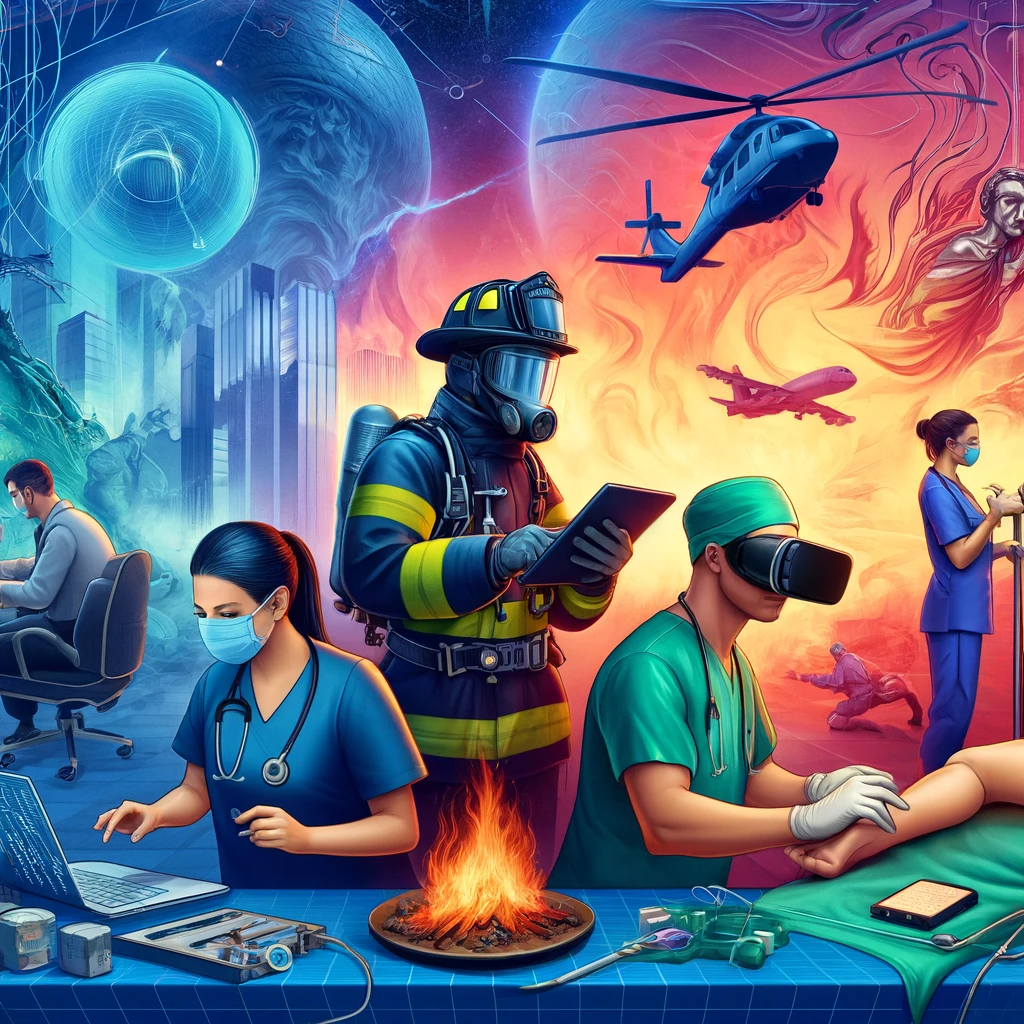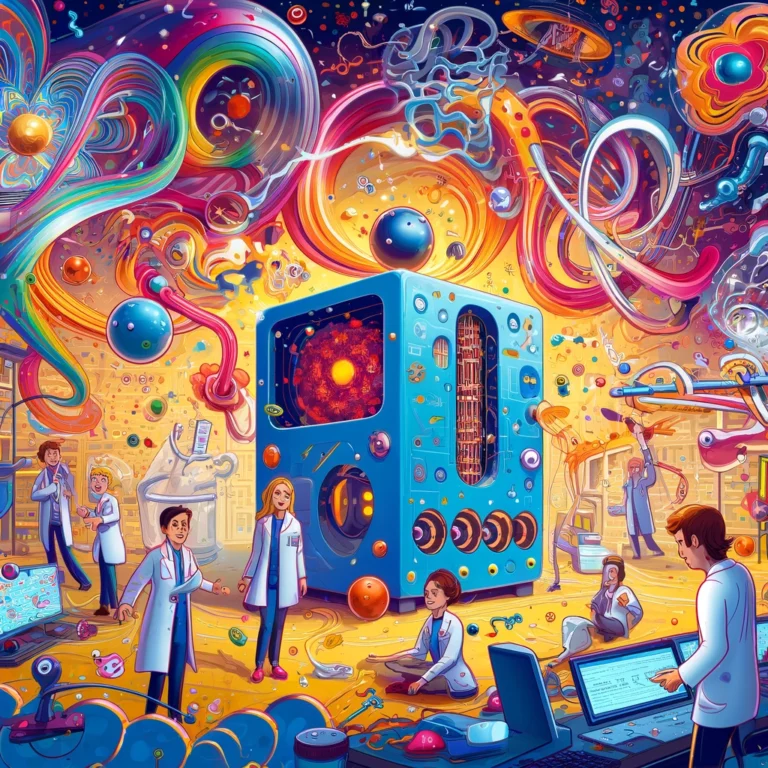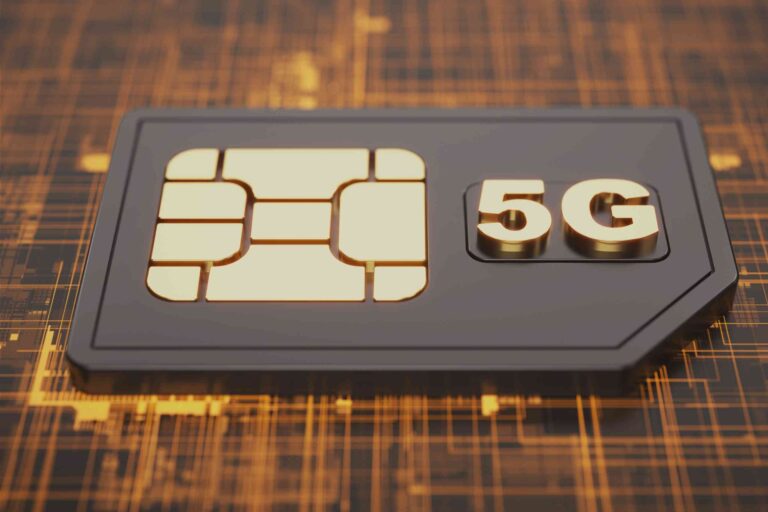Virtual Reality: Beyond Gaming into Professional Training and Therapy
Welcome to the wild, wacky world of Virtual Reality (VR)! While you may think VR is just for zapping zombies, flying through space, or other living-room heroics, it’s also breaking boundaries way beyond the gaming universe. From transforming professional training to revolutionizing therapy sessions, VR is proving it’s more than just a high-tech toy—it’s a tool with the power to change our lives for real. So, buckle up! We’re about to take a mind-bending tour into the serious side of VR that’s as practical as it is phenomenal.
1. VR in Professional Training: Learn by Doing (Virtually)
Forget dusty textbooks and yawn-inducing lectures; VR is here to jazz up professional training with some serious style. Imagine strapping on a headset and stepping into a virtual world where you can learn, practice, and perfect your professional skills, all without the risk of real-world repercussions.
Flying High with Pilot Training
Pilots can now take to the skies long before they ever step foot in a cockpit. VR flight simulators offer a hyper-realistic environment to navigate, complete with changing weather scenarios and emergency situations. It’s like playing a video game where the stakes are your actual qualifications, and the only thing crashing is, well, hopefully just virtual planes.
Surgical Strikes in Medical Training
In the field of medicine, VR is a game-changer. Medical students and surgeons use VR to practice intricate procedures without the oops-factor of operating on a real person. From heart surgery to delicate neurosurgical procedures, VR allows doctors to hone their skills with a scalpel without the usual side order of patient risk.
Firefighting Without the Burn
Firefighters are using VR to run through complex training scenarios, from towering inferno high-rises to chemical spills, providing a heat-free way to tackle flames. This not only keeps training safe but also incredibly cost-effective. After all, burning down a building for each drill can get a tad expensive!
2. VR Therapy: Healing Minds in Digital Dimensions
Moving from physical skills to mental health, VR therapy is opening up new frontiers in the treatment of psychological conditions. By immersing patients in carefully controlled virtual environments, therapists can tackle everything from phobias to PTSD in settings that are safe but feel startlingly real.
Facing Fears Head-On
Phobia treatment with VR lets patients confront their fears in a controlled, therapeutic context. Afraid of heights? VR can put you on top of a skyscraper without the risk of actual plummeting. Scared of spiders? Face a virtual eight-legged beast before meeting its real-world counterpart. It’s exposure therapy without the exposure to real danger.
Walking in Others’ Virtual Shoes
VR therapy is also pioneering empathy training, helping individuals understand what it’s like to live with conditions like schizophrenia or autism by simulating their perceptual worlds. This innovative use boosts understanding and compassion, bridging gaps that traditional therapy methods can’t reach.
Retraining the Brain
For those recovering from strokes or traumatic brain injuries, VR provides a dynamic platform for neurorehabilitation. By engaging patients in virtual tasks that adapt to their recovery progress, VR helps rewire brain functions and regain lost capabilities, blending the lines between fun and functional recovery.
3. The Business Side: VR for Workplace Wellness
VR isn’t just training professionals or treating patients; it’s also transforming workplace wellness programs. Companies are adopting VR to help employees manage stress, improve mindfulness, and even boost physical fitness through virtual yoga sessions and meditation retreats. Imagine popping on a VR headset on your lunch break and escaping to a tranquil beach for a quick meditation session. Back to work, feeling like you just had a mini-vacation!
4. VR in Education: Classrooms of the Future
Forget the chalkboard. Schools are increasingly turning to VR to transport students to ancient civilizations, distant planets, or even inside the human body. This immersive form of learning isn’t just captivating; it enhances understanding and retention. Why read about Mars when you can virtually walk on it?
Navigating the VR Landscape: Challenges and Considerations
As exhilarating as VR’s applications are, it’s not without its hurdles. Issues like motion sickness, high costs of technology, and the digital divide pose challenges to widespread adoption. Moreover, there’s the ever-present risk of too much of a good thing—ensuring that VR complements, rather than replaces, real-world experiences and interactions is key.
The Virtually Unlimited Potential of VR
From teaching doctors to saving lives, from calming minds to simulating fires, VR’s potential is as vast as the virtual universes it creates. As technology advances, the scale and scope of VR’s applications are set to grow, making what sounds like sci-fi today a very real part of our tomorrow. So, next time you don a VR headset, remember it’s not just about escaping reality, but enhancing it, one virtual experience at a time. Now, who’s ready to plug in and transform the world?







